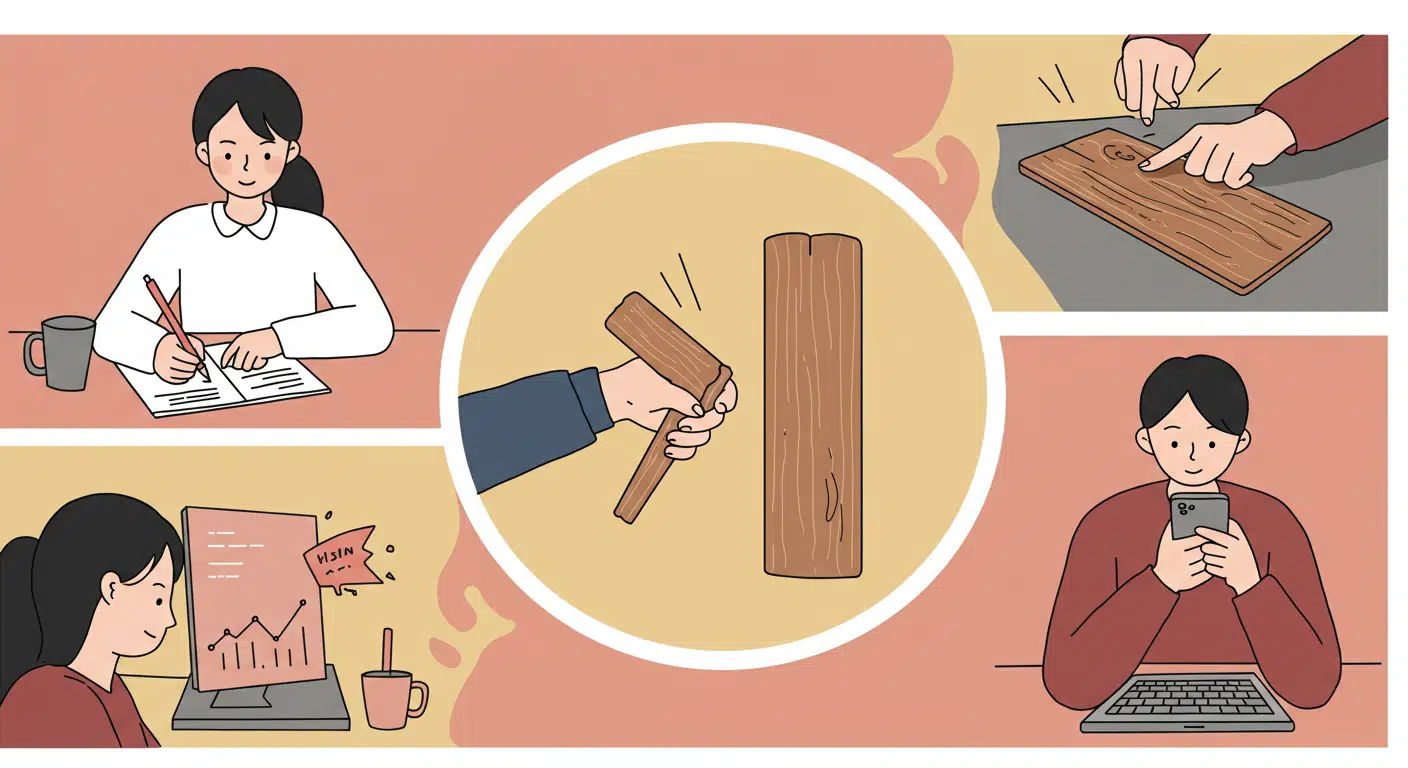This superstition warns individuals to avoid walking under a ladder, claiming it can bring death, severe misfortune, or cursed influence. In some cultures, it is said that doing so breaks a sacred triangle formed by the ladder and the wall—a shape associated with stability and divinity. Breaking this triangle was believed to offend the gods or spirits. In more dire regional variations, such as older European folklore, walking under a ladder could symbolically invite execution, hence the belief that it could lead to hanging or death. Practitioners often follow countermeasures, such as reciting protective prayers or walking backward to undo the bad luck. The superstition blends both symbolic geometry and fear-based religious warnings from earlier centuries.

A baby’s future career or fate is predicted by the first object they select during a ceremonial setup.
In several Asian and Eastern European cultures, a traditional ceremony is held for babies usually around their first birthday. Known


